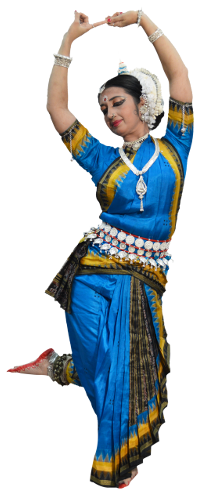INTIMATE CONCERT FEATURING MUKUR DE
ORGANISED BY TORONTO TABLA ENSEMBLE
FOR MORE INFORMATION CLICK HERE
Like Bharat Natyam, which originated in Tamil Nadu and Karnataka, Odissi from the eastern state of Odisha follows the principles laid down in Natya Shastra – as revealed to the sage Bharat by Lord Brahma. It has survived the rough trail of a nearly two thousand years old Indian history, establishing itself as another recognized principal classical dance form of India along with Kuchipudi (Andhra Pradesh), Kathakali and Mohiniattam (Kerala), Kathak (Central India) and Manipuri (North-eastern India).
The graceful gestures and wrist-work of the Odissi style combined with a fluid movement of the upper torso recall the waves, of the ocean washing the shores of Puri, while firm footwork reverberate the heartbeat of Mother Earth. All classical Indian dance forms have two distinct compartments comprising rhythmic dances and "abhinaya" or mythological dance-dramas with emphasis on emotions. In Odissi, rhythmic dances are termed batu (foundation), pallavi (flowering) and moksha (liberation). Although the ashtapadis of Jayadeva’s Gita Govinda provide an infinite range of themes of traditional choice for abhinaya, pieces from the epics Ramayana or Mahabharat have also been popular.
True to the word from which it draws its name, Pallavi Arts Center has been flowering as a hub for nurturing latent talents who will enrich Odissi in times to come. The new premises at Mississauga(GTA), promises more space for growth.




